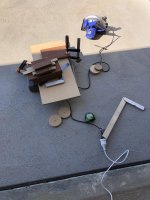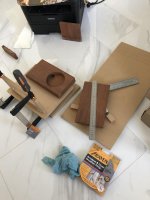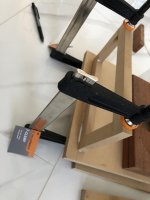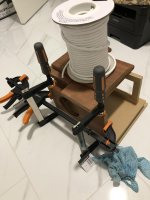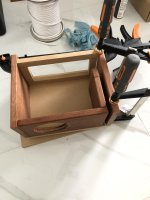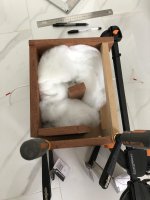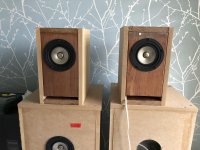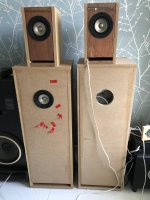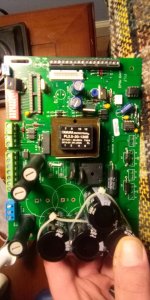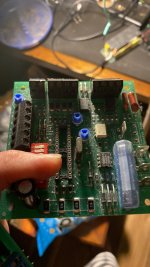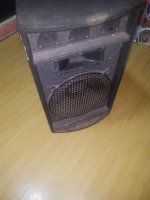Short story: Corner line arrays can save space, can eliminate ceiling and front wall reflections, and can be fairly efficient. Using 24 Vifa TC9s, a 3.5" full range driver, a corner floor to ceiling line array was created. The array measures and sounds pretty awesome and achieves the design goals.
Long story: If you read Toole and other research, it says that the reflections that color the sound the most are the ceiling and front wall (the wall behind speakers). Reflections from side walls can add a sense of spaciousness but reflections from the ceiling and floor are perceived as modifying the frequency response.
Horns can be used to prevent ceiling and front wall reflections, but to control reflections at mid frequencies (sub 500 Hz) requires large horns. There are some active threads with folks trying to solve this problem by using cardoid cabinets for woofers, which is a pretty cool way of doing things, but there are
problems.
I played with horns for a while and I could get good sound using Altec VOTT mid horns and constant directivity SEOS horns, but the sound was never quite of the peerless variety. The balance of the HF with the rest of the spectrum was never quite right. Horn speakers also tend to be big and occupy a lot of space and this annoyed me. And thus were born some design requirements. The new speaker should:
1. occupy less space,
2. control ceiling and front wall reflections, especially in the lower frequencies (below 500 Hz),
3. have a smooth on-axis response and uniform off-axis response and,
4. be fairly efficient, have low distortion, and have the dynamic headroom to hit 110 db peaks.
Toole kind of gives it away in his book that an ideal floor-to-ceiling line array would solve some of the key issues in sound reproduction in the home (
figure 18.3). He describes the Keele CBT array as a practical implementation of an ideal floor-to-ceiling array with perfect drivers.
From here, putting the arrays in the corner was a no-brainer. It would completely get rid of the front wall reflection, and the floor-to-ceiling nature of the array would avoid ceiling reflections also. And I had a room that allowed a corner design.
The next question was the choice of drivers. Keele’s
CBT uses a cone and a dome. But his arrays are relatively short. The floor-to-ceiling array would need a lot more drivers, meaning more cost, more wiring, and more worrying about unit to unit consistency.
If a smallish full range driver was to be used, the
Vifa TC9 was an obvious choice. It has one of the smoothest frequency responses amongst full range drivers, a low distortion motor, and with Vifa manufacturing it, you could be relatively assured that there would be good unit to unit consistency. There are many designs here on diyAudio that use this driver. The
Manzanita OB uses this driver. And many others have used it in their design. Seeing it used in Wesayso’s
heroic tower build and other line array builds sealed the deal. Plus the TC9s are relatively cheap and I love cheap
😉.
The construction is relatively straight forward. It’s a three-sided cabinet. The front baffle is as narrow as possible so that the drivers can be as close to the corner as possible. The drivers are flush with the front baffle. I had this design in my mind for at least a year but never got around to building it. Finally, after months of frustration at never finding the time to build the cabinets, I asked my friend John (
carpenter) to build the cabinets and wire up the drivers.
John completed the build and the arrays are playing music. They occupy very little space, can go plenty loud, are pretty efficient and very low distortion (each driver is barely moving even at loud levels). Using a single 3.5” driver ensures a uniform off-axis response up to a high frequency, above which the Vifa does start to beam, but it is relatively well controlled. The on-axis response is flattened using
DRC software, i.e., automatic room correction. The final result is quite good. Measurements coming up shortly. There is still a long way to go. The EQ is doing a pretty good job, but I think it can be better.
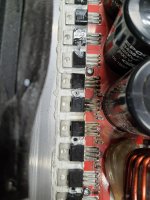
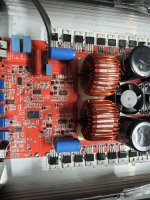
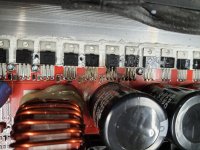
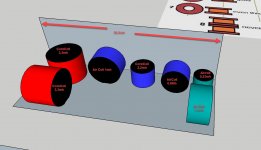
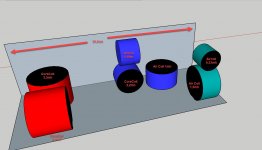
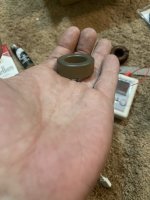
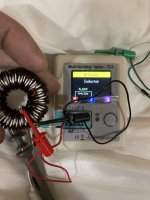
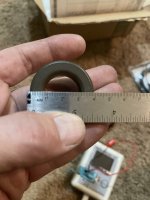

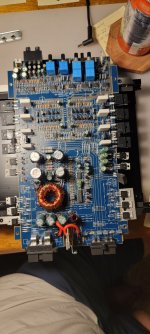
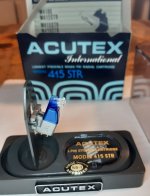
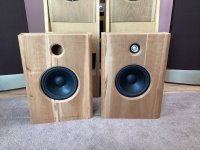
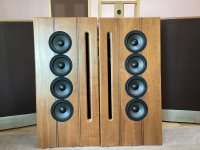
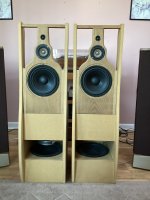
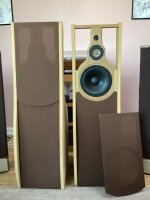
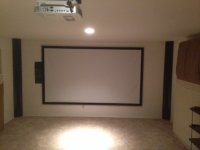
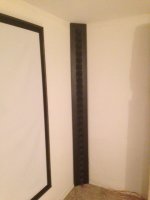
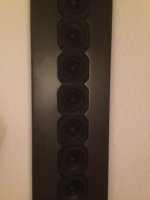
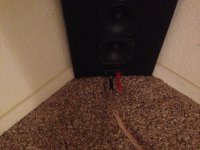

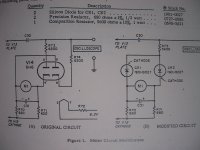
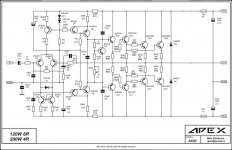
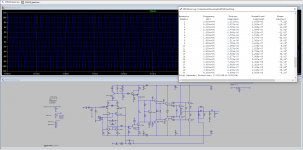
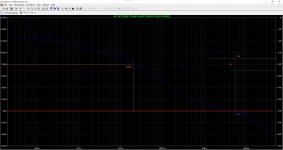
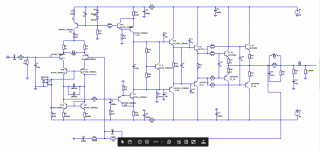
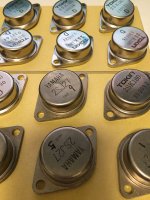
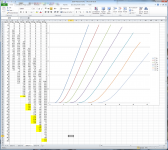
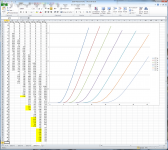
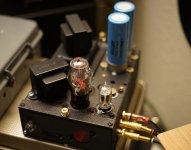
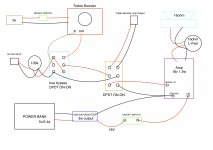
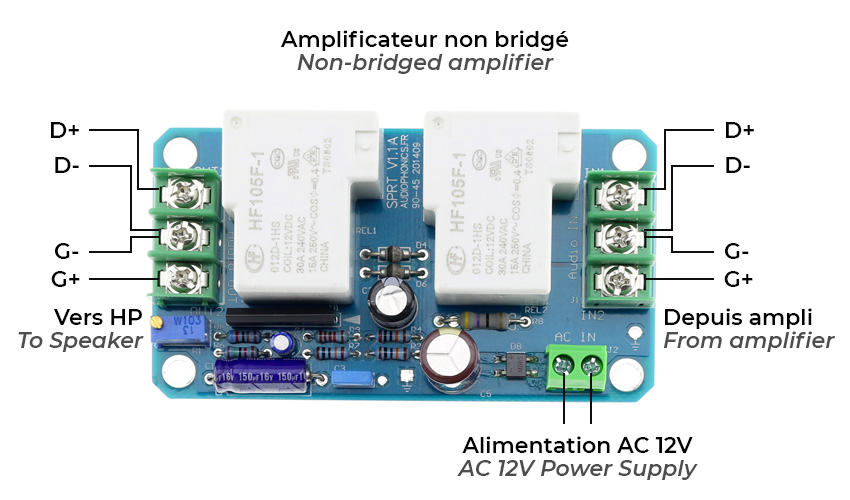
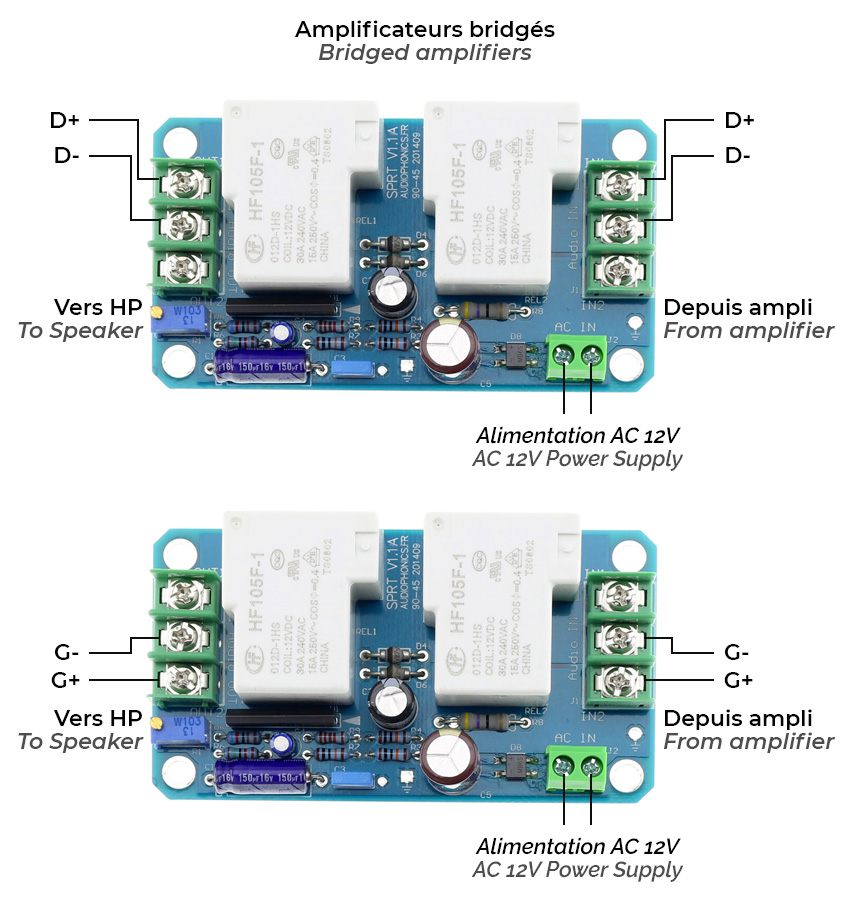
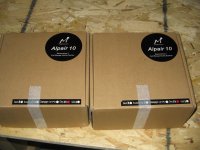
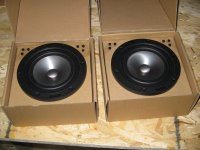
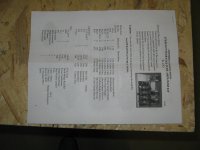
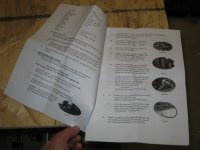
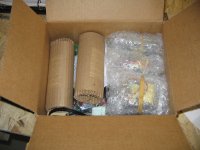
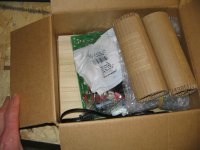
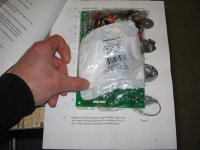
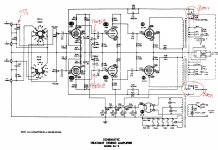
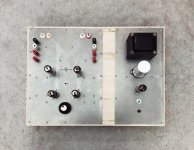
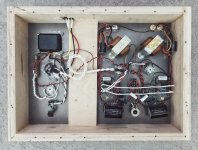
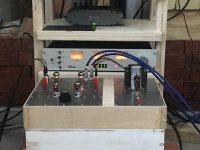
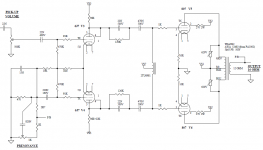
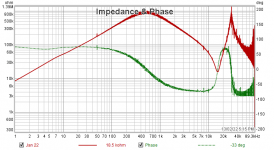
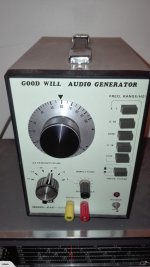
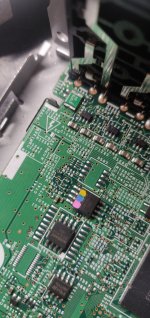
![IMG_20220211_135032[1].jpg](/community/data/attachments/932/932381-40ebe18c9bb6cfd6c9c348f294d7294a.jpg?hash=QOvhjJu2z9)
